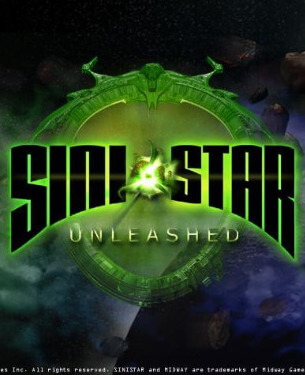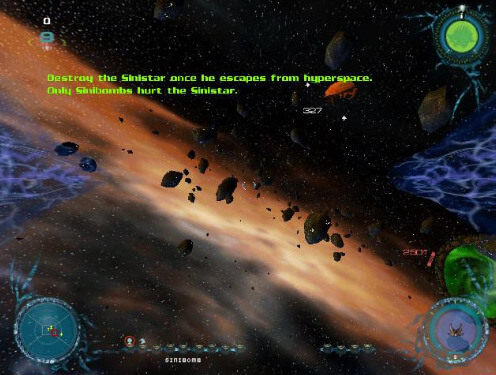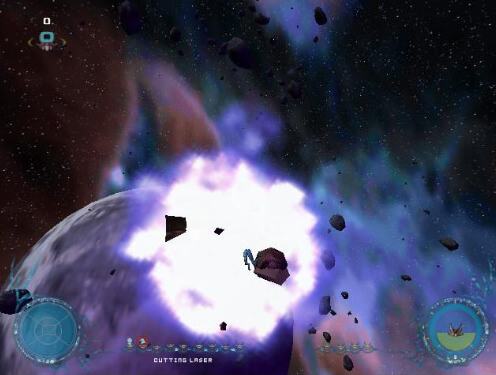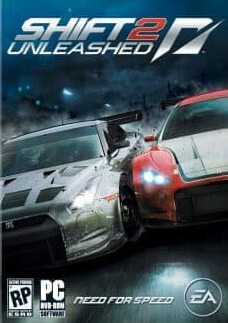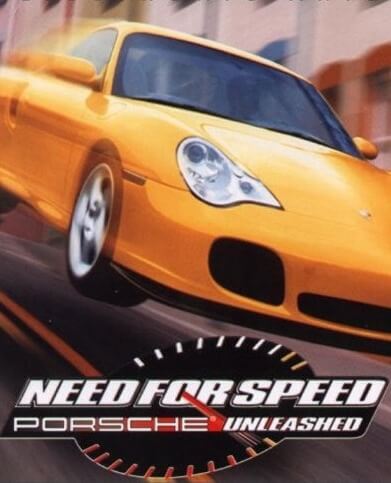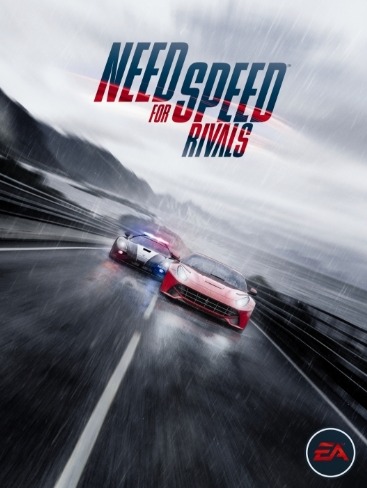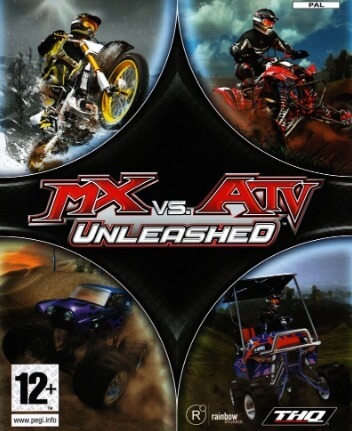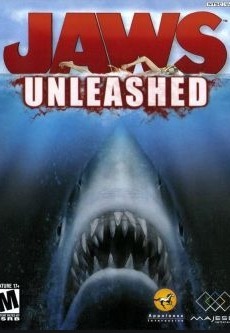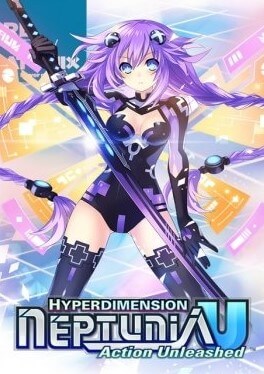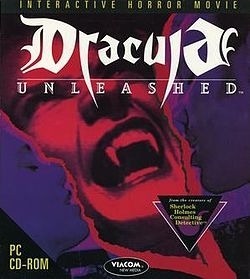The player is given a starship, and the main mission is to fight an alien race called the Distilled Evil and their slaves, the Sporg. The Sporg are mining ships controlled by the Distilled Evil, tasked with powering the jumpgate, a portal through which the Sinistar (a bio-mechanical monster dedicated to destroying the player) appears. The jumpgate is stationed at the center of the level, and the Sporg power it with energy crystals collected from the asteroids that appear sparsely along the sector.
The player must prevent the Sporg from completely powering the jumpgate. While completing the task, the player encounters several warships that attempt to protect the jumpgate. These enemies are indicated on the radar with a dynamic set of coordinates that turn from white to red as they approach. If the player succeeds, the jumpgate breaks and the level is finished. Otherwise, the Sinistar will arrive through the activated jumpgate, and the player must defeat it to progress further. The player has six different starships to choose from, as well as eight power-ups and nine weapons to destroy the mining ships and the Sinistar. The most powerful weapon is called the Sinibomb, which is designed to defeat the Sinistar, although it can also be used to destroy the jumpgate. The player obtains Sinibombs by harvesting crystals from asteroids in the same way Sporg do.
Development
Development of Sinistar: Unleashed, originally titled Out of the Void, began in 1997. It was handled by GameFX, a small game developer consisting of former members of Looking Glass Studios. It was initially designed to run only on a P200 with 3dfx acceleration, hardware which was beyond the reach of the average consumer at the time. Recognizing that the game could serve as a showpiece for their chip, 3dfx partnered with GameFX to support development. At first, the project had no connection, or gameplay similarities, to the Sinistar franchise. When the studio acquired the rights for the Sinistar franchise that year, it decided to refocus the development of the title to fit into the newly acquired property. It altered the game to introduce similarities to Sinistar, although the graphic structure remained unchanged.
THQ revealed that the game was optimized for the then-recently released Pentium III processors from Intel to allow the "lighting and geometry transformation engine to process more detail faster." In the Computer Gamer's Bible, Mark L. Chambers and Rob Smith noted the technical design of Sinistar: Unleashed, writing that "developers have added accurate collision physics, and mining the asteroid field will require precise timing and good trigger finger."
Release
Sinistar: Unleashed was announced by THQ in February 1999, two years after the company licensed the Sinistar franchise from Midway Games. Two demos for the game were produced. The second, released in September 1999, included several gameplay and technical enhancements over the first, showcasing the initial two levels of the game.
When announcing the game, C. Noah Davis, chief technology officer of THQ and general manager of GameFX, said "What made the original a classic is that it was easy to learn, yet difficult to master." He elaborated: "We are focused on capturing that magic using many elements of the original, while showcasing the universe using our proprietary GameFX Technology." IGN reported on September 3, 1999 that the game had gone gold (its development had concluded), and it was released worldwide on September 15.
Reception
Sinistar: Unleashed received mixed to positive reviews from media outlets, gaining an average score of 65.75% according to review aggregator GameRankings. Critics agreed that the developers stayed true to the original game and lauded the graphic enhancements as "unquestionably beautiful" and a "graphical powerhouse". Erik Wolpaw, writing for GameSpot, noted that the game suffered mostly from gameplay issues, such as the control design, which he called "overly complex for a mindless shooter". He added that although the developers succeeded in capturing the arcade essence of the previous game, this was "somewhat to the detriment of the final product."
AllGame's reviewer was satisfied with the game's graphics but criticized how its bosses were designed, elaborating that "the Sinistars ... simply don't instill the same sense of sheer panic as in the previous game." Vincent Lopez from IGN noted the game's similarity to its predecessor and complimented its graphics and the addition of a wide variety of weapons as well as other technical features. However, he viewed the weapons as "more of a checklist than an actual asset." He stated that Sinistar: Unleashed "feels immediately familiar to fans of the original, while adding just enough new features (and a completely new graphic overhaul) to make this feel now-dated."
